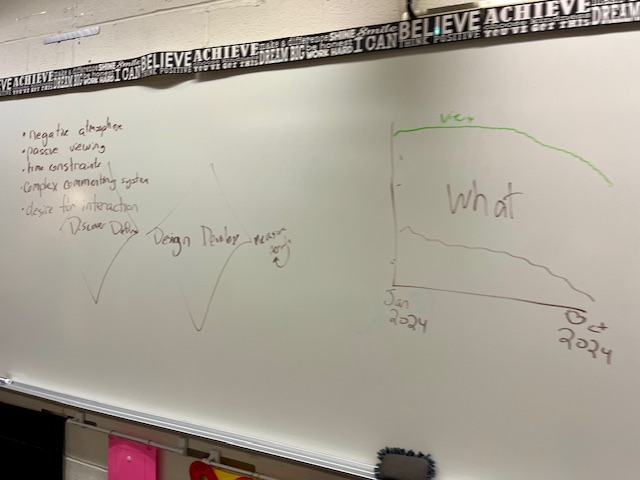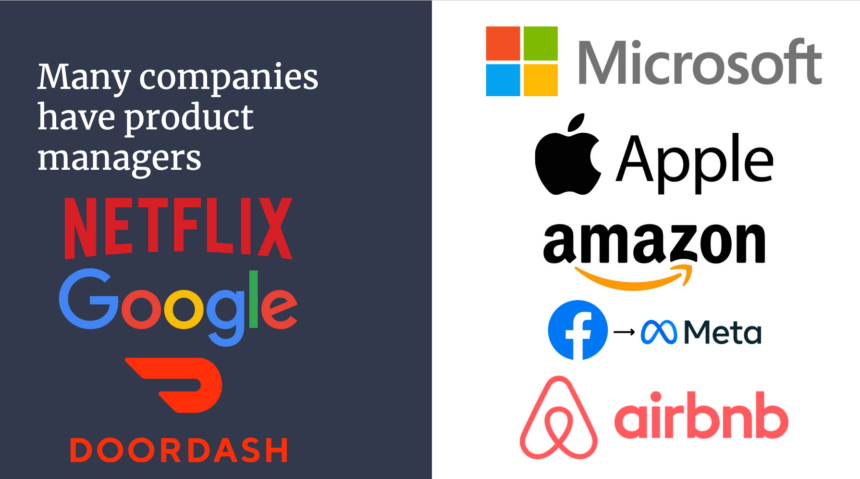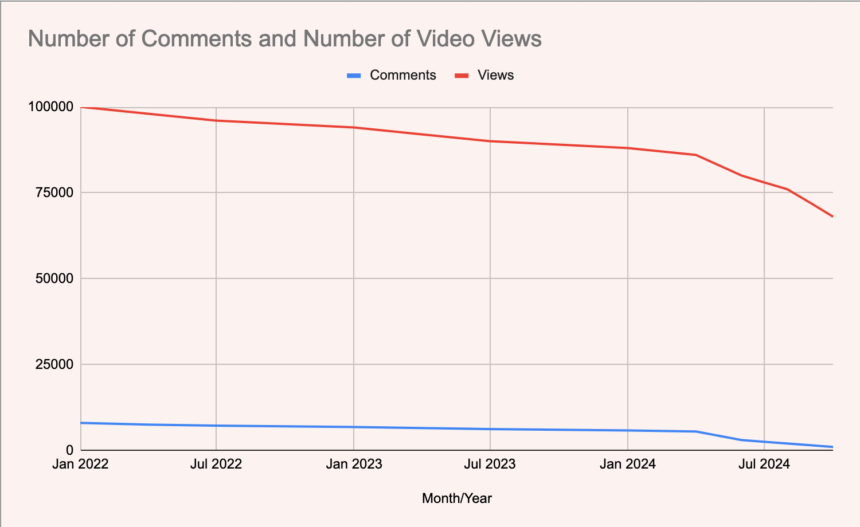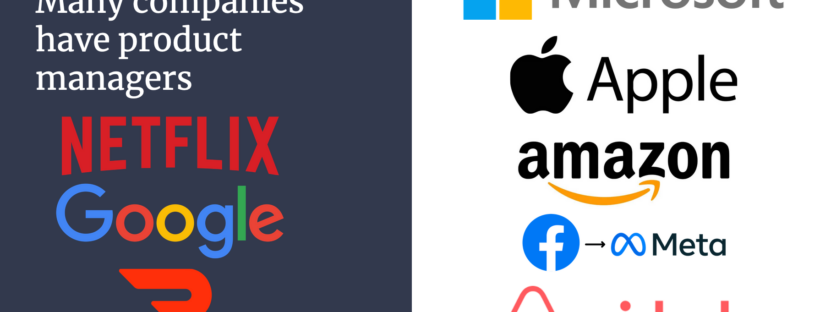Last Wednesday was ‘career day’ at my fifth grade daughter’s school. They’d asked any parents with “interesting” careers to volunteer; figuring that product management should count, I signed up.
I had thought that it would only be fifth graders that I’d be teaching; they told me that there would be 5 classes, and that I’d be in the same room the whole time. With about ~20 kids per class, for 2.5 hrs, it sounded difficult, but doable. That’s what I thought, anyway…
Surprise! Teach the WHOLE School!

When I got there, it turned out to be 6 classes, for all of the grades – that’s 3rd through 5th at my daughter’s school – with 40+ kids per class! Each class was in a different room, and the schedule they gave me was less than accurate in terms of which room I was supposed to be in. In the last room, there wasn’t even a computer, so I did the presentation with a whiteboard (that was probably my best class, actually!)
While it was an exhausting experience, it was also a rewarding one. I’m sharing more about that experience in case anyone else is doing a ‘product management career day,’ and wants to use any of what I put together for the kids.
Start with a Metaphor
To explain what a product manager does, I used a metaphor I’d heard recently on Lenny’s Podcast—a product manager is like a conductor of an orchestra. I knew these kids took band or orchestra, so I related it to their teacher – “your teacher might pick the music, but they have to pick music your principal would approve of!” as well as the classic explanation of “they don’t make the music, but are critical for making the music happen.”
There are plenty of other metaphors out there, too. One of my team members recently shared this article filled with other examples of PM metaphors.
Drawing Them In
Rather than talking about what I do – payroll and accounting, like these kids care? – after a brief explanation about PMs, I had a slide about many popular companies with product managers. When I asked if they recognized any of these logos, I got a very loud chorus of ‘yes!’es.

I then talked about how they may have been ‘experimented on’ without knowing it, and explained A/B testing.
A Pretend Case Study: YouTube for the Win
Rather than just tell them what it means to be a product manager, I wanted to show them. So I created a pretend case study based around YouTube – and in many rooms, I got cheers when I said we’d be focusing on YouTube!
I emphasized that it was a made-up scenario designed to illustrate what product managers do, not something that was actually happening at YouTube.
In this scenario, YouTube was facing a decline in comments on videos, and I asked the kids: “Do comments really matter to YouTube?”
“No, YouTube cares about views!” they replied.
“Right! And why do they care about views?”
“Because of ads!”
I showed them fake data that correlated decreased comments to decreased views. This gave me a chance to introduce the concept of using data to understand problems.

We also talked about understanding the ‘what’ (quantitative data) and the ‘why’ (qualitative data) – though that worked a little better with the fifth graders than the younger group.
Brainstorming like a PM
When it came time to brainstorm, I brought up the slide (or pointed to the whiteboard!) with what we ‘heard’ during our insight gathering qualitative phase, and asked them to stick to ideas that focused on what we heard. Otherwise, I found they just brought up random ideas.
Interestingly enough, over half of the classes brought up an idea for speech-to-text comments, and about half came up with some kind of gamification system. In a few classes, we even talked about how some of those gamification systems could lead to unintended consequences, like people just commenting nonsense to get points, or not watching the entire video before commenting, and discussed how to mitigate the problems.
I was very impressed by how they brought the ideas back to what we had ‘learned’ in the insights phase, especially the older kids.
Some classes loved the brainstorming phase so much that I couldn’t even get to all of the ideas!
Simplify & Inspire
As exhausting as the day was, it was a great reminder of how important it is to simplify what we do as product managers. I had to break down complex concepts like experimentation and user-centered design in ways that would make sense to a kids.
Want to Give it a Try?
If you’re a fellow product manager who’s thinking about participating in a career day or similar event, feel free to borrow from my presentation! I’m sharing a link to my slides below:
Product Management for 5th graders
Let me know if you use any of these ideas and how it goes—I’d love to hear your stories and any new insights you uncover along the way!
